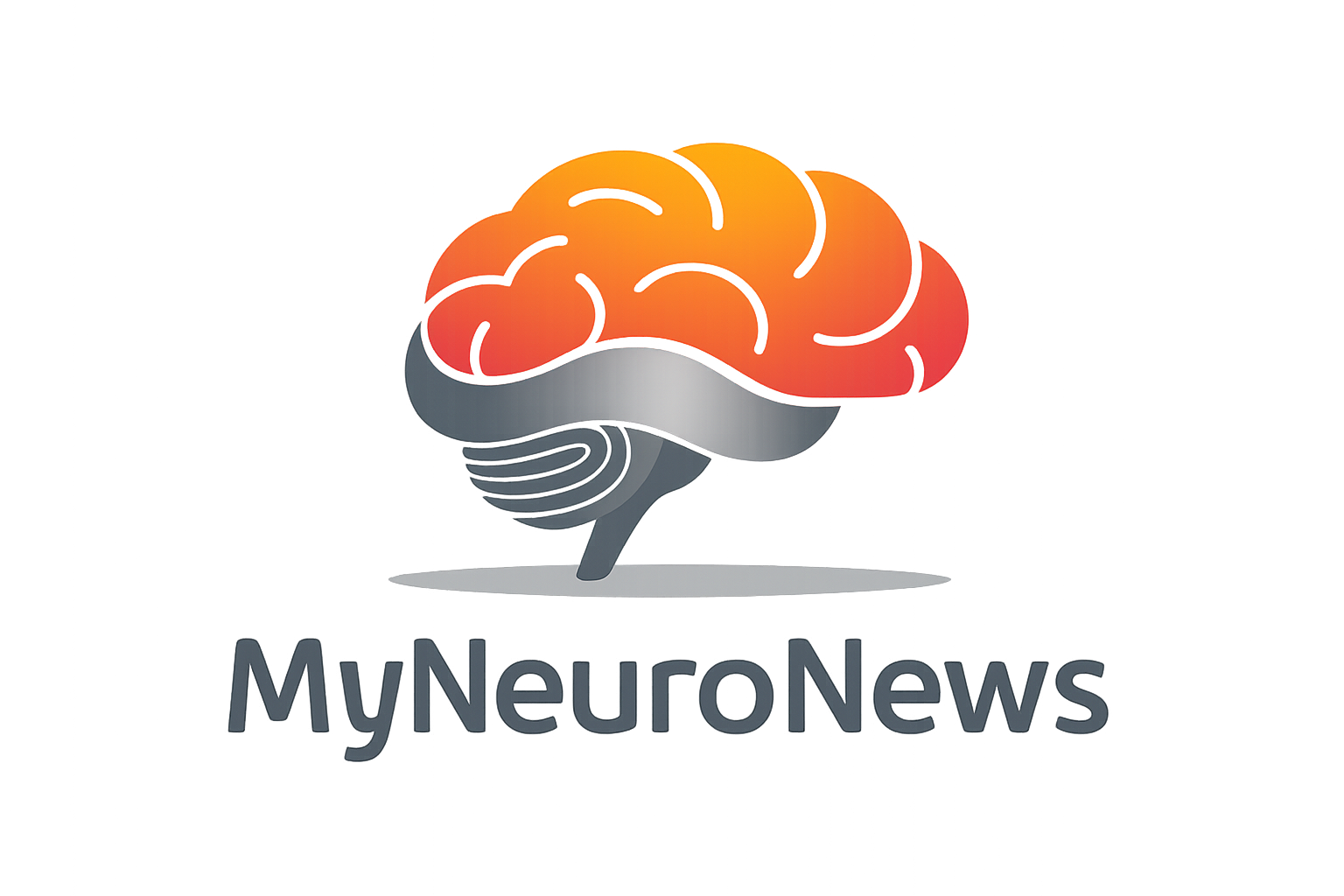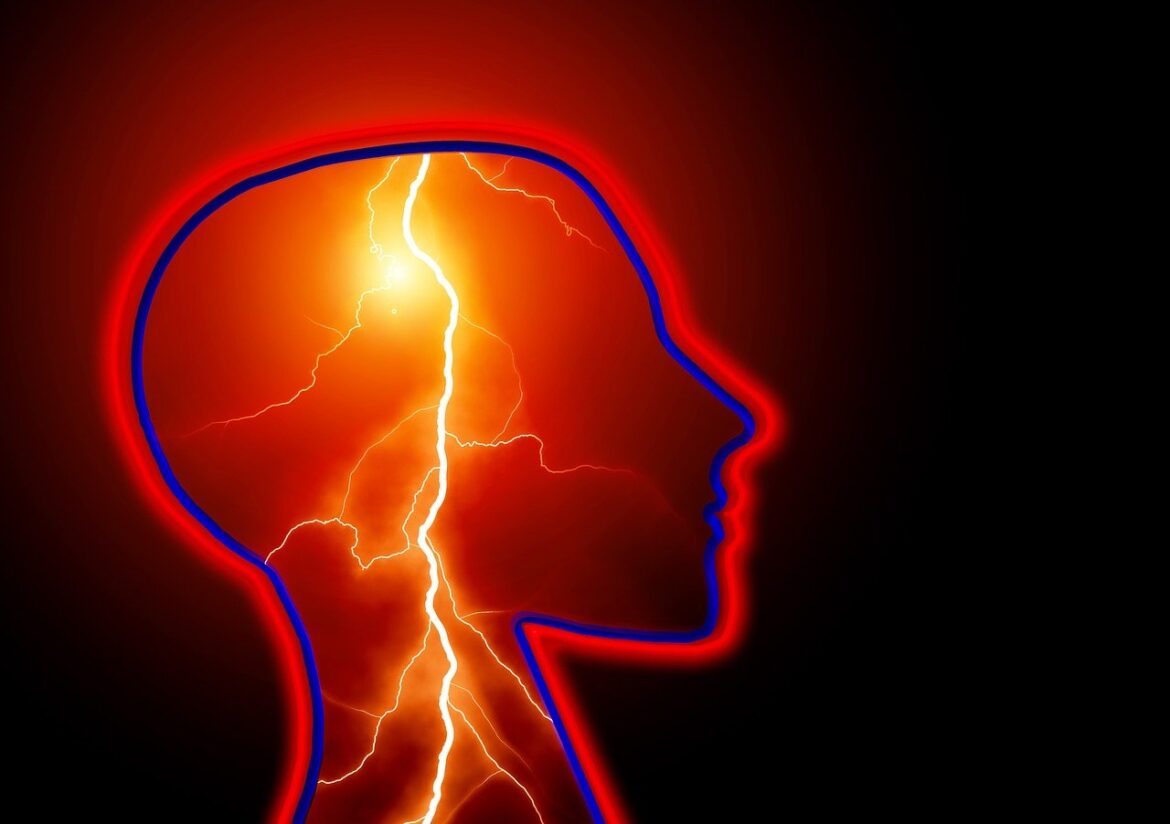In the context of mild traumatic brain injury (mTBI), understanding the occurrence and outlook of post-traumatic epilepsy (PTE) reveals a complex clinical scenario. Recent studies have shown that although the risk of developing PTE is lower after mTBI than after moderate or severe traumatic brain injury (TBI), several key factors can significantly increase this risk. These risk enhancers include the presence and kind of intracranial hemorrhage, the occurrence of early post-traumatic seizures (EPTS) within the initial week following the injury, and a history of alcohol misuse.
The manifestation of seizures after mTBI can differ, with some individuals developing PTE while others experience no lasting effects. A noteworthy aspect is the presence of subclinical seizures, which are only detectable through EEG monitoring, suggesting a more complex underlying mechanism of post-traumatic seizures in cases of mTBI.
Annually, over 2% of the population in England and Wales seek emergency care for head injuries, a significant number of whom are children. Around 20% of these incidents involve a skull fracture or signs of TBI, with about 15% necessitating hospital admission. The spectrum of seizures post-TBI ranges from immediate concussive episodes to early seizures within a week and late epileptic seizures occurring more than a week after the injury. Notably, concussive seizures, first identified in Australian football players, differ from tonic-clonic seizures and are thought to include elements of primitive reflexes, typically not leading to later epilepsy.
In a study of 1000 patients with head injuries in Oxford, early seizures were noted in 4.5% of cases, often associated with skull fractures or intracranial hemorrhage. Another study found early seizures in 2.4% of 4232 cases initially deemed mild head injuries based on the Glasgow Coma Score (GCS), with further imaging often uncovering significant hemorrhage, suggesting more severe injuries. A large-scale study from the National Trauma Data Bank in the USA reported early seizures in just 0.4% of cases but identified a significant 7% mortality rate and a higher incidence among Afro-Caribbean patients and those with a history of alcohol misuse.
Research into subclinical seizures detectable by EEG has uncovered important insights, such as Vespa’s study showing that 22% of patients with moderate to severe TBI experienced mostly subclinical seizures. Similar findings were reported in children with TBI, where 16.1% monitored had subclinical seizures, which correlated with worse TBI outcomes, underlining the recommendation for continuous EEG monitoring in suspected seizure cases following moderate to severe TBI.
Epilepsy, more broadly, is influenced by previous TBI in about 5% of new epilepsy cases and 20% of existing cases. Young adults and the elderly are particularly at risk of developing seizures post-TBI, with the highest risk linked to penetrating brain injuries, evidenced by over half of Vietnam veterans with such injuries developing epilepsy. Research on TBI patients in trauma units, which tends to focus on more severe injuries, supports the gradation of risk from mild to severe injuries. This risk correlation was highlighted by Annegers, who classified TBI into mild, moderate, and severe categories, associating severity with the increasing risk of seizures over 20 years.
Yeh and colleagues, using the ICD-9-50 definition of concussion, expanded on the risk factors by comparing nearly 20,000 emergency department patients with head injuries to a control group. They underscored the heightened risk of epilepsy in cases with more severe brain injuries, emphasizing the importance of a nuanced understanding of TBI severity in relation to the risk of developing PTE, considering factors such as a history of alcohol misuse and specific types of brain injury.
| Category | Subcategory | Details |
|---|---|---|
| Risk Factors for PTE | General Risk | Lower after mTBI compared to more severe TBI; increased by intracranial hemorrhage, EPTS within the first week, and alcohol abuse. |
| Seizure Manifestation | Varies from progressing to PTE to showing no long-term effects. Subclinical seizures highlight a complex pathophysiology. | |
| Incidence of Head Injuries | Emergency Visits | Over 2% of the population in England and Wales annually, with 20% involving skull fracture or TBI and 15% requiring hospital admission. |
| Spectrum of Seizures Post-TBI | Types of Seizures | Ranges from immediate concussive episodes to early and late epileptic seizures. Concussive seizures typically do not lead to later epilepsy. |
| Early Seizures in Studies | Oxford Study | 4.5% with early seizures, often associated with skull fractures or hemorrhage. |
| Lee and Lui Study | 2.4% in cases initially deemed mild head injuries, with further imaging often revealing significant hemorrhage. | |
| National Trauma Data Bank (USA) | Early seizures in 0.4% of cases; notable for a 7% mortality rate and higher incidence among Afro-Caribbean patients and those with a history of alcohol misuse. | |
| Subclinical Seizures | Detection and Implications | Detected in 22% of moderate to severe TBI patients and 16.1% of children with TBI, correlating with poorer outcomes. Continuous EEG monitoring recommended. |
| Epilepsy and TBI | Prevalence | TBI accounts for about 5% of new epilepsy cases and 20% of existing cases. Highest risk with penetrating brain injuries. |
| Risk Classification and Outcomes | Severity Correlation | TBI classified into mild, moderate, severe categories, with severity correlating with increased risk of seizures over 20 years. |
| Yeh et al. Study | Highlighted increased epilepsy risk with more severe brain injuries, emphasizing the need for nuanced understanding of TBI severity and its implications. |
Literature – further reading:
- Jennett, W.B. Late Epilepsy after Blunt Head Injuries: A Clinical Study based on 282 Cases of Traumatic Epilepsy Hunterian Lecture delivered at the Royal College of Surgeons of England on 23rd March 1961. Ann. R. Coll. Surg. Engl. 1961, 29, 370.
- Annegers, J.F.; Hauser, W.A.; Coan, S.P.; Rocca, W.A. A population-based study of seizures after traumatic brain injuries. N. Engl. J. Med. 1998, 338, 20–24.
- Christensen, J.; Pedersen, M.G.; Pedersen, C.B.; Sidenius, P.; Olsen, J.; Vestergaard, M. Long-term risk of epilepsy after traumatic brain injury in children and young adults: A population-based cohort study. Lancet 2009, 373, 1105–1110.
Lee, S.T.; Lui, T.N. Early seizures after mild closed head injury. J. Neurosurg. 1992, 76, 435–439. - Majidi, S.; Makke, Y.; Ewida, A.; Sianati, B.; Qureshi, A.I.; Koubeissi, M.Z. Prevalence and risk factors for early seizure in patients with traumatic brain injury: Analysis from National Trauma Data Bank. J. Neurocrit. Care 2017, 27, 90–95.
- Vespa, P.M.; Nuwer, M.R.; Nenov, V.; Ronne-Engstrom, E.; Hovda, D.A.; Bergsneider, M.; Kelly, D.F.; Martin, N.A.; Becker, D.P. Increased incidence and impact of nonconvulsive and convulsive seizures aftertraumatic brain injury as detected by continuous electroencephalographic monitoring. J. Neurosurg. 1999, 91, 750–760.
- Arndt, D.H.; Lerner, J.T.; Matsumoto, J.H.; Madikians, A.; Yudovin, S.; Valino, H.; McArthur, D.L.; Wu, J.Y.; Leung, M.; Buxey,
F.; et al. Subclinical early posttraumatic seizures detected by continuous EEG monitoring in a consecutive pediatric cohort. Epilepsia 2013, 54, 1780–1788. - Herman, S.T.; Abend, N.S.; Bleck, T.P.; Chapman, K.E.; Drislane, F.W.; Emerson, R.G.; Gerard, E.E.; Hahn, C.D.; Husain, A.M.;
Kaplan, P.W.; et al. Consensus statement on continuous EEG in critically ill adults and children, part I: Indications. J. Clin.
Neurophysiol. 2015, 32, 87–95. - National Institutes for Health and Care Excellence. Health and Social Care Directorate Quality and Standards Briefing Paper. In Quality Standard Topic: Head Injury; National Institutes for Health and Care Excellence: London, UK, 2014.
- McCrory, P.R.; Bladin, P.F.; Berkovic, S. Retrospective study of concussive convulsions in elite Australian rules and rugby league footballers: Phenomenology, aetiology, and outcome. BMJ 1997, 314, 171.
- Tényi, D.; Gyimesi, C.; Horváth, R.; Kovács, N.; Ábrahám, H.; Darnai, G.; Fogarasi, A.; Büki, A.; Janszky, J. Concussive convulsions: A YouTube video analysis. Epilepsia 2016, 57, 1310–1316.
- Hauser, W.A.; Annegers, J.F.; Kurland, L.T. Incidence of epilepsy and unprovoked seizures in Rochester, Minnesota: 1935–1984. Epilepsia 1993, 34, 453–468.
- Hauser, W.A.; Annegers, J.F.; Kurland, L.T. Prevalence of epilepsy in Rochester, Minnesota: 1940–1980. Epilepsia 1991, 32, 429–445.
- Guekht, A.; Hauser, W.A.; Milchakova, L.; Churillin, Y.; Shpak, A.; Gusev, E. The epidemiology of epilepsy in the Russian
Federation. Epilepsy Res. 2010, 92, 209–218. - Yeh, C.C.; Chen, T.L.; Hu, C.J.; Chiu, W.T.; Liao, C.C. Risk of epilepsy after traumatic brain injury: A retrospective populationbased cohort study. J. Neurol. Neurosurg. Psych. 2013, 84, 441–445.

